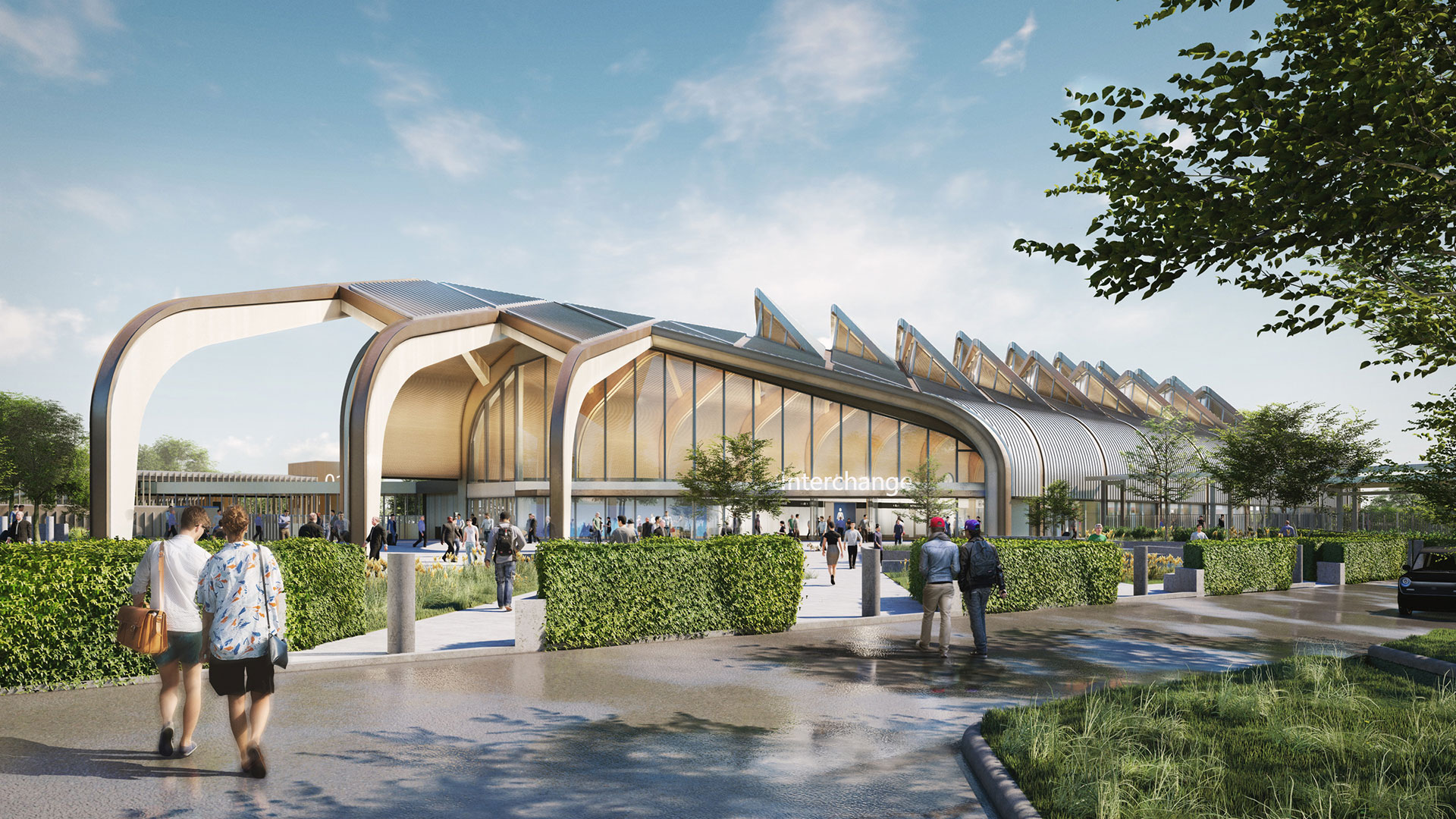- News
From station to destination

By Maria Machancoses, Rail Technology Magazine
Talk to a local about the reopening of London’s St Pancras station in 2008, and you’re more likely to hear feedback about the food court and shopping centre, than you are about the international connections to Paris and Brussels.
Muse about the regeneration of nearby Kings Cross and it is not the number of trains per hour that will dominate the conversation, but the transformation of the area from seedy and unseemly, to safe and sleek. Investing in the building of a new railway station, or the upgrading of an existing one, can send ripples of renewal and prosperity throughout the surrounding area and beyond.
With High Speed Two (HS2) set to serve six stations across the Midlands, we must ensure plans are in place now to make the most of this once-in-a-generation investment, and that means shifting our focus to placemaking.
There are many forces at work in the creation of a successful regeneration strategy. Firstly, it needs the involvement of both the public and private sectors. For example, the land surrounding Birmingham’s Curzon Street Station is subject to a £1bn regeneration plan masterminded by the city council, but also brings in Birmingham and Solihull’s Local Enterprise Partnership, property owners, existing businesses and potential investors, who are shown the latest opportunities on offer at international events such as MIPIM (several virtual versions were held this year for obvious reasons).
Connecting communities to the new station and associated development is also an intricately important exercise. Large cities often have to build ‘out’ from their traditional centre onto brownfield land, and in Birmingham that means using sites in Digbeth, near to the old Curzon Street Station, which closed to passenger traffic in 1893, as well as repurposing land and warehouse space nearby into shops, restaurants and new housing.
“Linking people to this more peripheral part of the city means investing in tram extensions, opening new rail links to the adjacent Moor Street Station, and redesigning the city’s bus network, cycle network and pedestrian infrastructure to feed and meet this new demand.”
When finished, Birmingham’s new high-speed station will have transformed the South side of the city and drawn millions of people each year to its leisure destinations, street art and new boulevards. Crucially, it will become part of the fabric of the city, seamlessly intertwined with the services, public spaces and wider infrastructure used by the local community.
Of equal significance will be the HS2’s Interchange Station at Solihull where an existing wealth of nationally-important assets, including the NEC, Birmingham Airport and Jaguar Land Rover will be boosted by the Arden Cross Masterplan, set to oversee the development of over 3,000 new homes and six million square feet of commercial space.
Meanwhile, creating a successful station in a less-established settlement presents its own set of challenges – as is the case at the site of HS2’s East Midlands Hub in Toton. Plans are drawn up to create a state-of-the-art innovation campus on site, bringing together start-ups, universities and established businesses to drive world-leading research and development.
It will be surrounded by newly-built garden villages, installing around it a captive community, and crucially, will be connected to over 20 villages, towns and cities across the East Midlands by public transport, including tram, bus, rail link and rapid bus transit. This super connectivity and combination of employment, commercial and residential development will lead to a high number of organic journeys to and from Toton, notwithstanding its high speed connections.
This combination of local and national connectivity, as well as access to employees and community facilities is essential in creating a true destination station.
Finally, the promise of HS2 and the anticipated uplift it will cause in rail travel over the next two decades has spearheaded the renewal of several important sites across the Midlands, including Wolverhampton and Coventry stations, and Stoke and Stafford stations, due to be served by HS2 trains. The regeneration of existing stations must be completed with sensitivity to the surrounding environment and minimum disruption.
This is nowhere more important than in Chesterfield, where the arrival of high-speed services is set to boost passenger numbers and allow local leaders to create a new gateway to the Peak District, one of the UK’s most popular tourist destinations. Here, plans for new commercial development and better pedestrian access to the station include a new walkway connecting the station with Chesterfield’s 13th Century marketplace. Linking the historic and futuristic in a sensitive and authentic way is essential.
Yes, HS2 will revolutionise the way we travel.
It will slash journey times and bring together communities from across the UK. However, for the investment it prompts to truly transformative, HS2 cannot just be a rail project, it must be a project focused on sensitive regeneration, tasteful development and proper integration with surrounding settlements. Putting placemaking at the heart of our Midlands HS2 strategy will boost patronage, improve quality of life and drive employment growth.
Sign up
To stay up to date on the latest news about Arden Cross
Up Next...
15 Feb 2021
Urban Growth Company secures funding boost for infrastructure expansion
The Urban Growth Company (UGC) is continuing to progress its ambitious plans for the UK Central Hub in Solihull after securing an additional £460,000 of match funding from the Greater Birmingham and Solihull Local Enterprise Partnership’s (GBSLEP) Local Growth Fund to help improve a key traffic roundabout.
